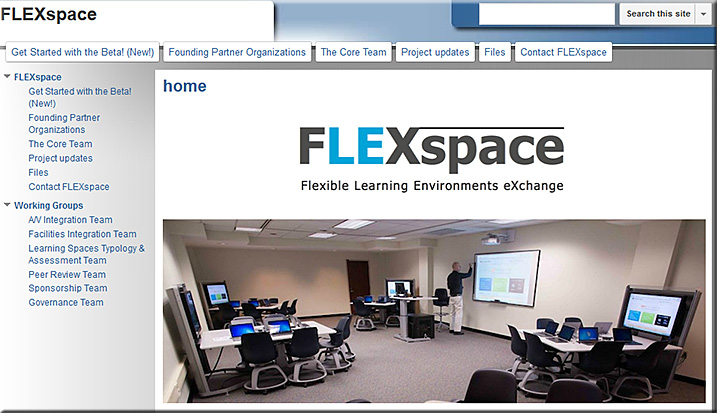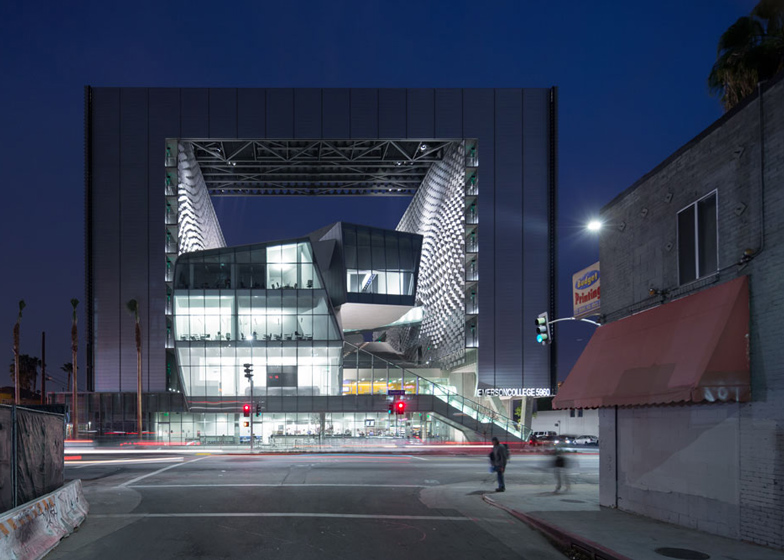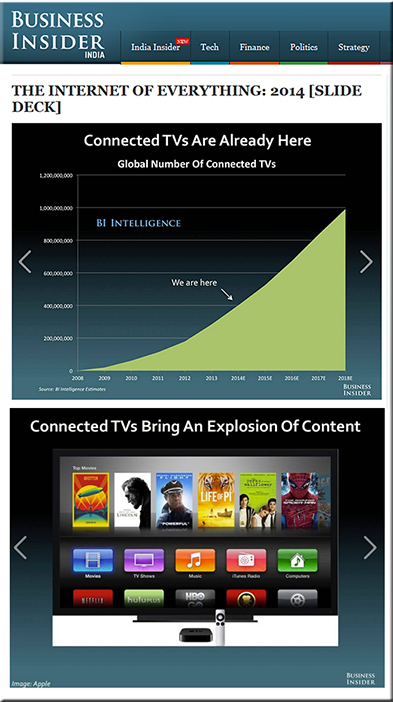New Media Consortium (NMC) 2015 Idea Lab Winners
Bring It On – A Formula for Successful BYOD Programming in Museums
Scott Sayre (Corning Museum of Glass)
Dickinson Makes – Connecting Campus Makerspaces
Brenda Landis (Dickinson College) | Andrew Petrus (Dickinson College)
Don’t Just Upload Your Videos, Annotate Them!
Sharon Hu (University of British Columbia) | Thomas Dang (University of British Columbia)
Exploring Visualization: Creating A Cross-Disciplinary Collaborative Course Enhanced By Technology
Dolores Fidishun (Pennsylvania State University) | William Cromar (Penn State Abington)
Jacob Benfield (Pennsylvania State University)
Leveraging 3D Technologies For Learning
Kirsten Butcher (University of Utah) | Madlyn Runburg (University of Utah)
Making Real from Real: Three “Tangible” Experiments from the Special Collection of the Kelvin Smith Library at Case Western Reserve University
Jared Bendis (Case Western Reserve University) | Melissa Hubbard (Case Western Reserve University)
Modding Games: Creating Historical Scenarios in Civilization V
Todd Bryant (Dickinson College)









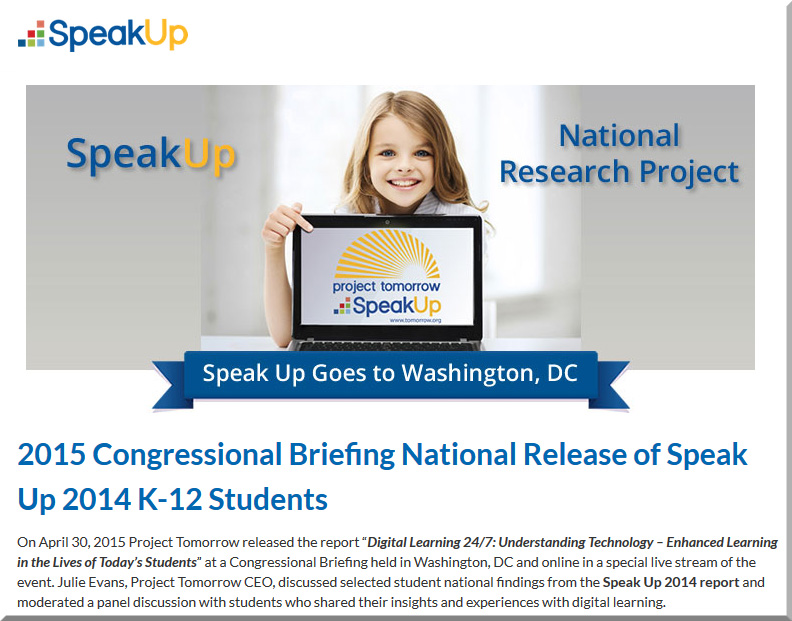
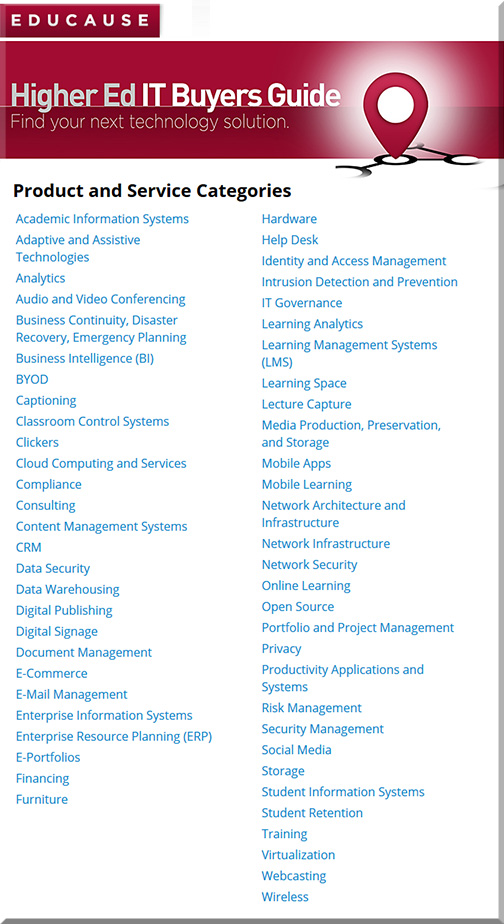
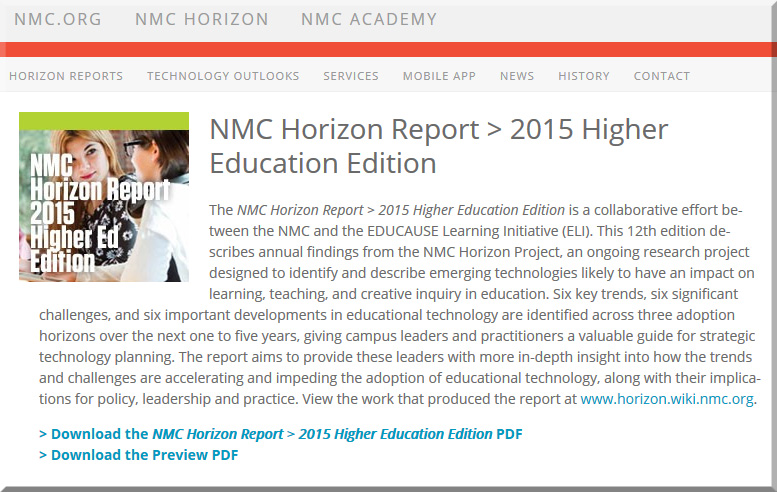


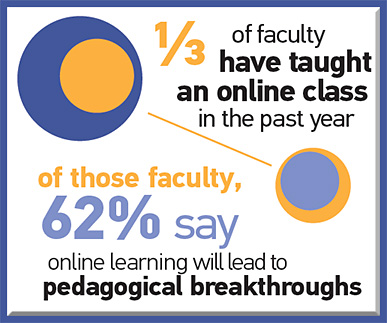
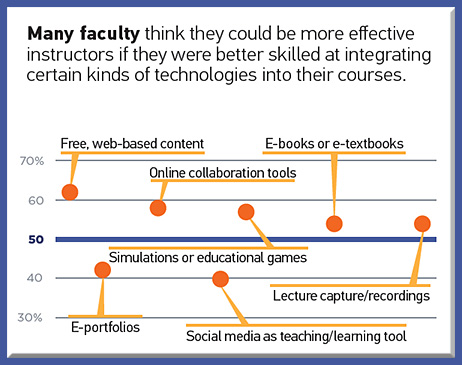


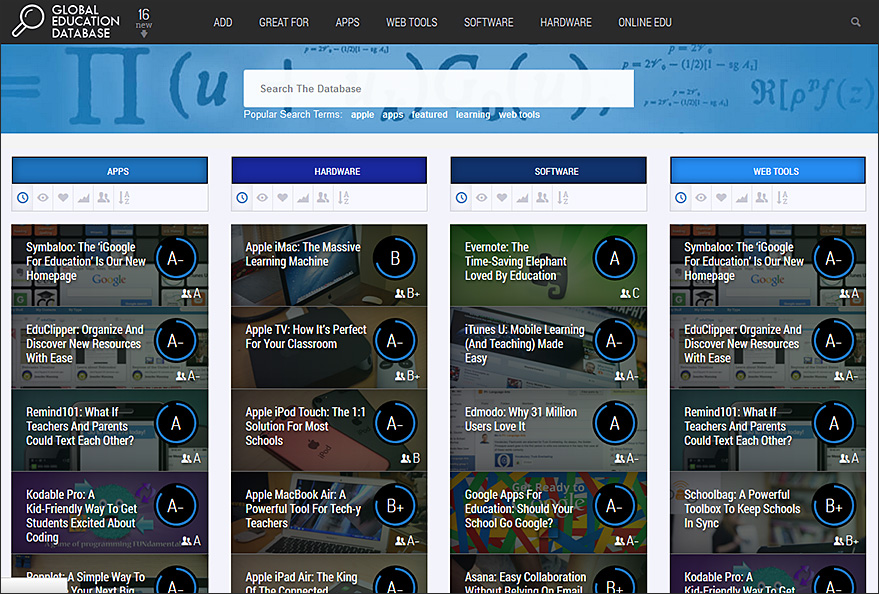


![The Living [Class] Room -- by Daniel Christian -- July 2012 -- a second device used in conjunction with a Smart/Connected TV](http://danielschristian.com/learning-ecosystems/wp-content/uploads/2012/07/The-Living-Class-Room-Daniel-S-Christian-July-2012.jpg)


